Kris T. Huang, MD, PhD, CTO
Machine learning, and in particular so-called “deep learning,” is an undeniably powerful tool that has revolutionized certain types of classification problems, notably image/object recognition, speech recognition and synthesis, and automated language translation. The lay terms used in association with the field, like “neural,” “intelligence,” “deep,” and “learning,” evoke mental images of something brain-like or mind-like floating around in our computers, akin to an ancestor of HAL 9000. Combine these impressions with classification accuracies that rival or sometimes exceed human performance, and it is understandably convenient to ascribe human-like perceptual abilities to it.
Continue reading “Machine Learning Adversarial Attacks: It’s All Fun and Games Until Someone Gets Hurt” →
